dp0609 - FEP - Universidade do Porto
dp0609 - FEP - Universidade do Porto
dp0609 - FEP - Universidade do Porto
You also want an ePaper? Increase the reach of your titles
YUMPU automatically turns print PDFs into web optimized ePapers that Google loves.
Asset profitability (ROA) is introduced in our model also to capture firm<br />
performance as an additional control factor. All else constant, one will expect<br />
that a larger ROA will lead to a lower probability of a firm being issued a<br />
modified opinion as the result of greater earnings persistence (Sloan, 1996)<br />
and a low-risk evaluation by the auditor. In accordance with this, Bradshaw et<br />
al. (2001) <strong>do</strong>cument the existence of a negative relationship between<br />
performance and the probability of a modified opinion, this last variable being<br />
defined in the same way as we <strong>do</strong> in our paper.<br />
Growth opportunities may also influence the auditor’s opinion. A high<br />
price book value (PBV) might indicate that the company faces growth<br />
opportunities or expects increased profitability in the future. Such companies<br />
will tend to have a greater propensity to issue new shares as the result of the<br />
larger premium that the market places over their book value of equity. This<br />
may increase the desirability of non-modified opinions in order to avoid a<br />
negative image of the firm so as to facilitate fund raising in primary capital<br />
markets to feed its growth opportunities.<br />
On the other hand, firms with greater growth opportunities will be more<br />
interested in reaching certain performance benchmarks in order to meet<br />
analyst’s expectations and avoid low profits or even losses that could<br />
seriously damage the firm’s stock price (Skinner and Sloan, 2002). In a<br />
sample of firms that did not follow GAAP, Dechow et al. (1996, table 6) find a<br />
larger price-book value as compared to a control sample, suggesting that<br />
growth opportunities are related to the presence of accounting options that <strong>do</strong><br />
not respect GAAP. Given the above, the a priori sign for the price-book value<br />
variable (PBV) could be either positive or negative.<br />
4. Sample selection<br />
One of the main purposes in this paper is to test whether board size,<br />
diligence and independence have an influence on the existence of a<br />
modification in the auditor’s report on the consolidated accounts of a<br />
company.<br />
By choosing the analysis of consolidated accounts and the<br />
corresponding auditor’s report, we explicitly assume that consolidated<br />
accounts are the most useful ones to the users of financial information. This<br />
16




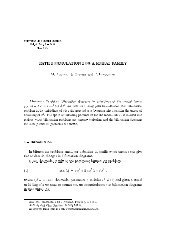
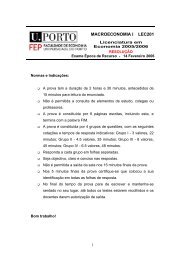
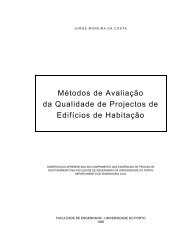

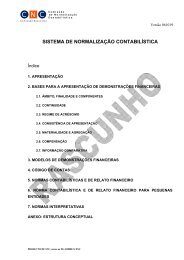

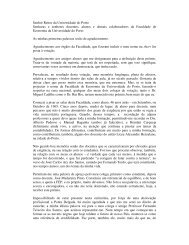
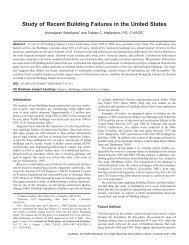
![Republica [Popular] de Moçambique. As Alterações Toponímicas e ...](https://img.yumpu.com/20789614/1/184x260/republica-popular-de-mocambique-as-alteracoes-toponimicas-e-.jpg?quality=85)




